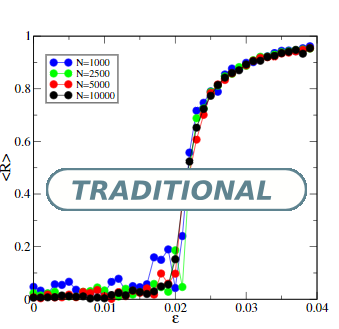Two distinct desynchronization processes caused by lesions in globally coupled neurons
DOI:
https://doi.org/10.4279/pip.070002Keywords:
Neuronal desynchronization, Brain lesionsAbstract
To accomplish a task, the brain works like a synchronized neuronal network where all the involved neurons work together. When a lesion spreads in the brain, depending on its evolution, it can reach a significant portion of relevant area. As a consequence, a phase transition might occur: the neurons desynchronize and cannot perform a certain task anymore. Lesions are responsible for either disrupting the neuronal connections or, in some cases, for killing the neuron. In this work, we will use a simplified model of neuronal network to show that these two types of lesions cause different types of desynchronization.
Received: 20 November 2014, Accepted: 10 March 2015; Edited by: C. A. Condat, G. J. Sibona; DOI: http://dx.doi.org/10.4279/PIP.070002
Cite as: F A S Ferrari, R L Viana, Papers in Physics 7, 070002 (2015)
This paper, by Fabiano A. S. Ferrari, Ricardo L. Viana , is licensed under the Creative Commons Attribution License 3.0.

Downloads
Published
How to Cite
Issue
Section
License
Copyright (c) 2015 Fabiano A. S. Ferrari, Ricardo L. Viana

This work is licensed under a Creative Commons Attribution 4.0 International License.
Authors agree to the PIP Copyleft Notice









